
As much as the 2016 Rio Olympics have showcased human physical and mental prowess, so too was the city of Rio de Janeiro itself transformed into a stage for striking artistic endeavors over the two-week span of the Games. As with the sports events, the host city’s art installations shared a common theme — unity across political and ethnic borders, respect and preservation of the environment, and the tenacity of the human spirit. While the XXXI Olympiad has wrapped up and its athletes headed their separate ways, we take one last look at the art installations that mirrored what the Olympians exemplified on the field of competition.
Ring: One With Nature by Mariko Mori
As one of Japan’s most prominent artists of the last half-century, Mariko Mori was an obvious candidate for the endorsement of the Rio Olympic Games’ Celebra Cultural Program. Her contribution came in the form of a sixth ring for the Olympics, made out of acrylic designed to last 1,000 years, and situated atop the 58-meter-tall Véu de Noiva waterfall in Cunhambebe State Park in Mangaratiba, Rio de Janeiro State. Espousing a message of environmental protection, the idea for the permanent artwork was initially conceived in 2009 when Mori “dreamt of a ring at the top of a waterfall. I didn’t know where it was, but I knew it was a tropical setting, because of the moisture of the air and the denseness of the plant life.” The ring changes from blue to gold over the course of a day, and was inaugurated with a ceremony performed by Mori on August 2.
Athlete installations by JR
The one project that undoubtedly received the most coverage was French artist JR’s trio of monumental installations in his signature black-and-white photography that dominated the Rio cityscape. Depicting a Sudanese high jumper, a French triathlete, and a diver mid-flight — all of whom are athletes who didn’t qualify for the Olympics but nonetheless embody Olympism – the images were seemingly suspended from mid-air, each one supported by an intricate web of scaffolding. His most ambitious and expensive project to date, JR spoke on the difficulty of completing the project in delay-ridden Rio, saying, “In Brazil, everything’s possible — it’s really hard, but it’s possible.”
Emil Zatopek installation by David Cerny
Firmly in the running for the most bizarre art installation at Rio, Czech sculptor David Cerny has paid homage to his country’s sporting icon Emil Zatopek — a long-distance runner who took home three golds in the 1952 Helsinki Games — by replicating and automating Zatopek’s lower half to run in slow motion while attached to the ceiling of the Czech House at Rio. The resulting image is surreal and absurdist, with the legs being outfitted with heavy military boots in a nod to Zatopek’s unrelenting training regimen. Cerny also contributed artwork to the 2012 London Olympics in the form of a red double-decker bus with mechanized arms that could perform push-ups.
Olympic cauldron by Anthony Howe
To align with the environmentally-conscious theme of this year’s Olympics, the Rio organizing committee sought to create an Olympic cauldron that eschewed the grandeur of London and monumentalism of Sochi’s designs for a more pared-down, yet no less mesmerizing effect. For this task, they turned to American kinetic sculptor Anthony Howe to create a captivating accompaniment to magnify and reflect the light of the modestly-sized flame, while alluding to the power and radiance of the sun. Located in the Macareña Stadium in a place of honor during the opening and closing ceremonies, the 1,815-kilogram sculpture was assembled in Montreal before being shipped to Rio, and will be moved to a new waterfront park with a smaller cauldron after the completion of the Games.
Etnias by Eduardo Kobra
Along more HYPEBEAST sensibilities is this vast mural by Sao Paulo-based street artist Eduardo Kobra titled Etnias (or “Ethnicities” in Portuguese). Stretching over 620 feet long and 50 feet high on Olympic Boulevard, the mural is in contention for the Guinness World Record for the largest mural ever created by a single artist. Depicted are five indigenous figures from every inhabited continent for each Olympic ring, expressing united diversity in a riot of bright colors. The mammoth work required a total of 100 gallons of white paint, 1,500 liters of color paint, and 3,500 cans of spray paint applied by Kobra and four other guest artists working 12 hour shifts over a span of two months. “We’re living through a very confusing time with a lot of conflict,” said Kobra on the subject of the mural. “I wanted to show that everyone is united, we are all connected.”


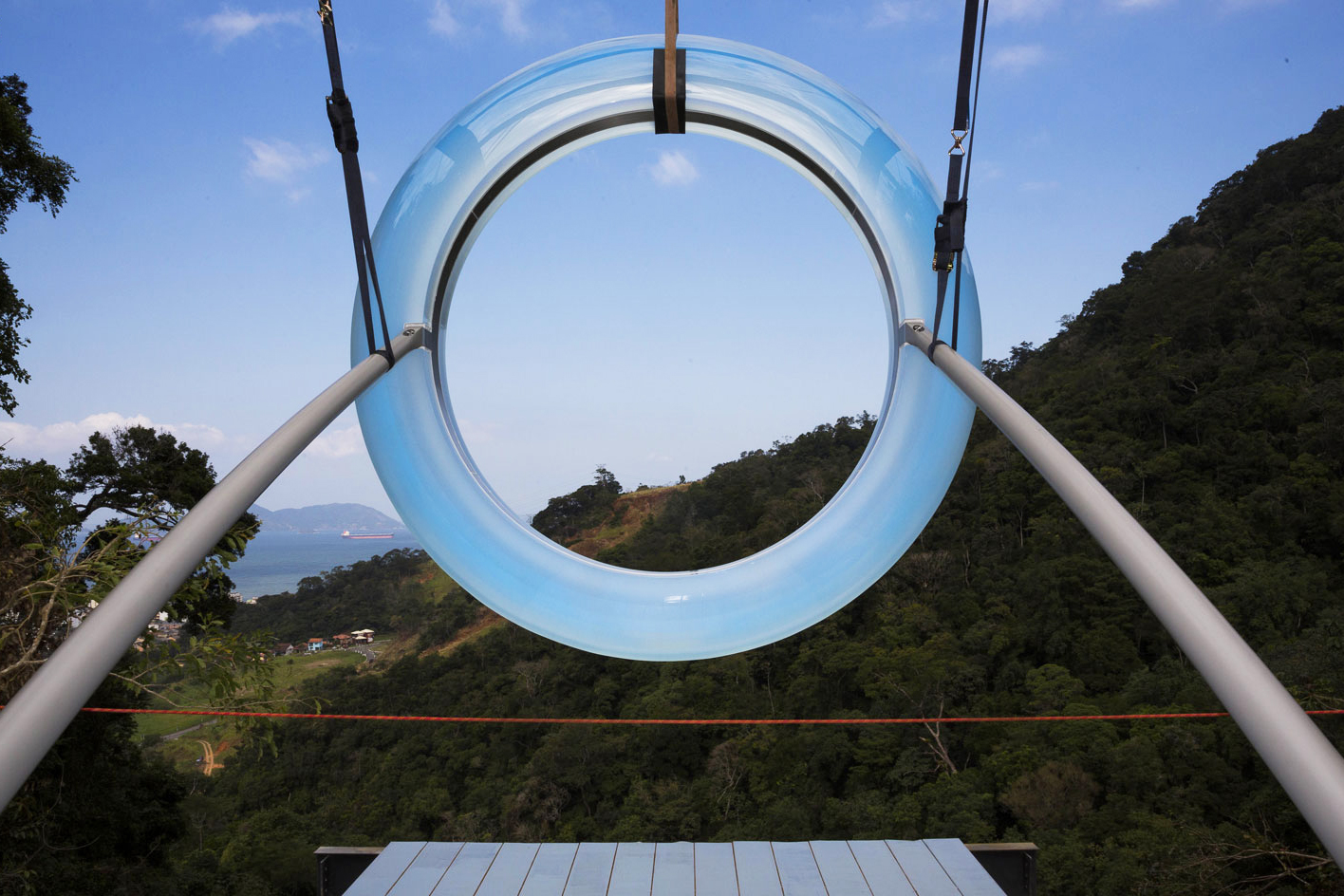
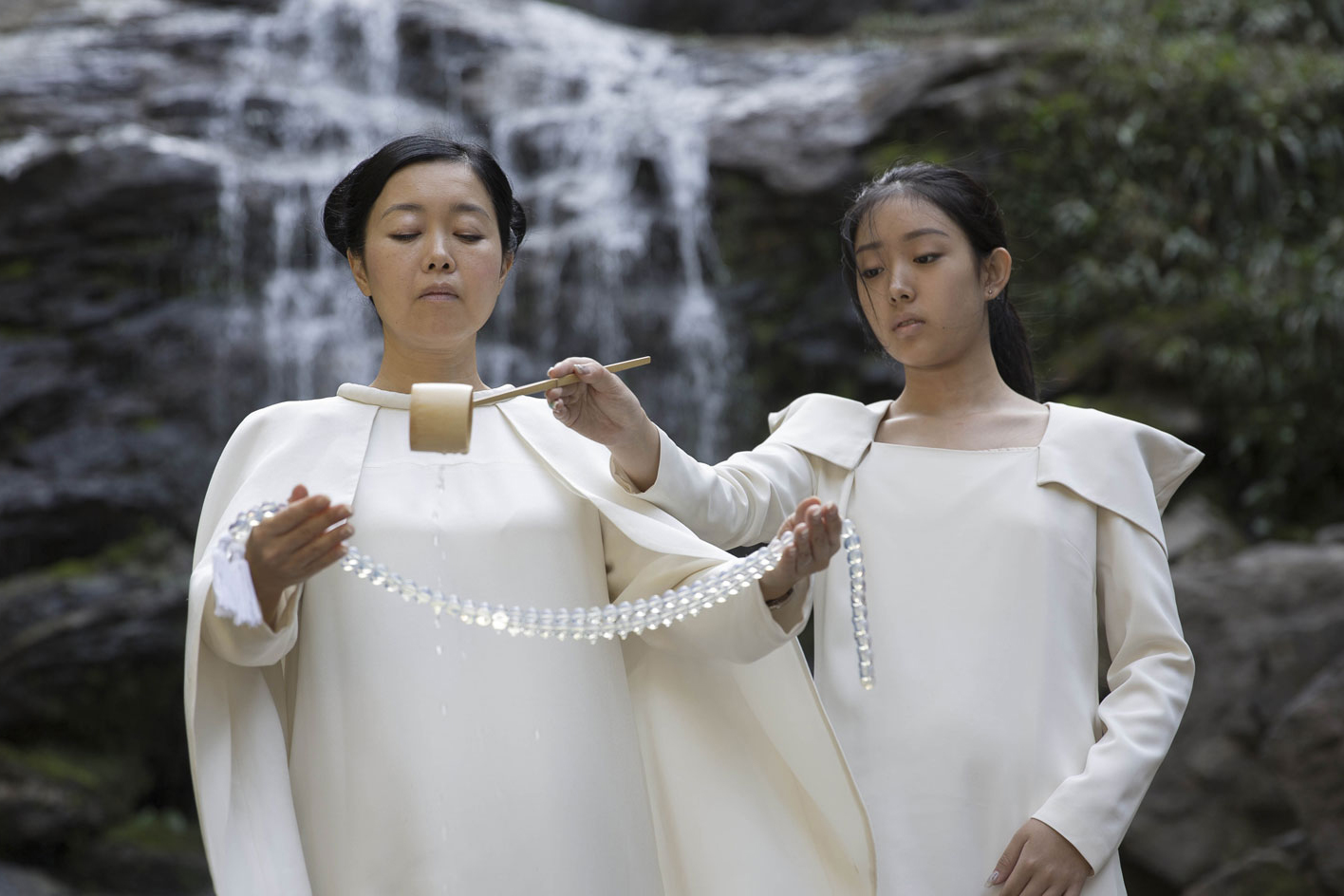

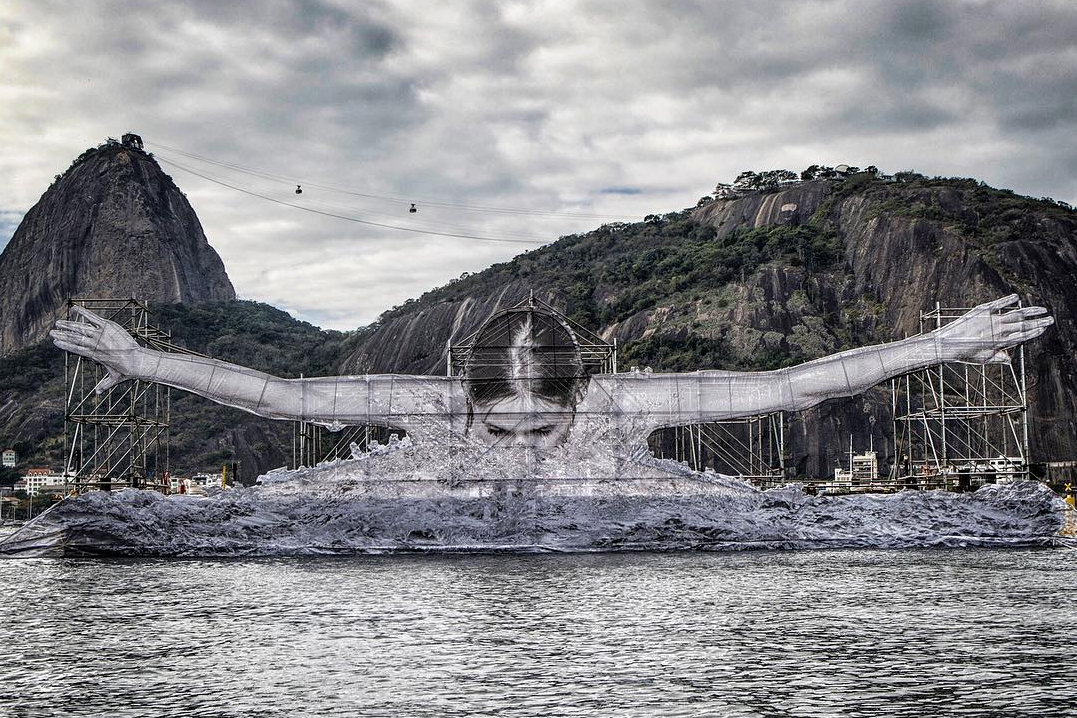
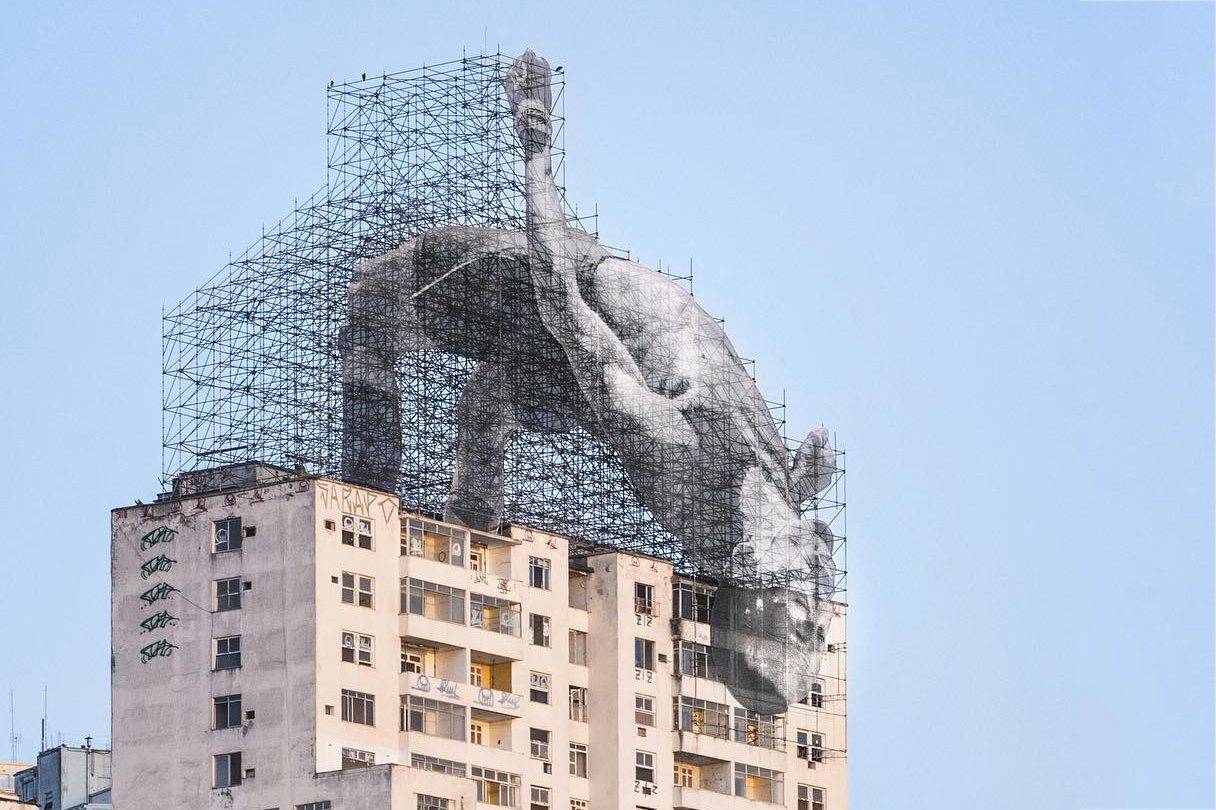
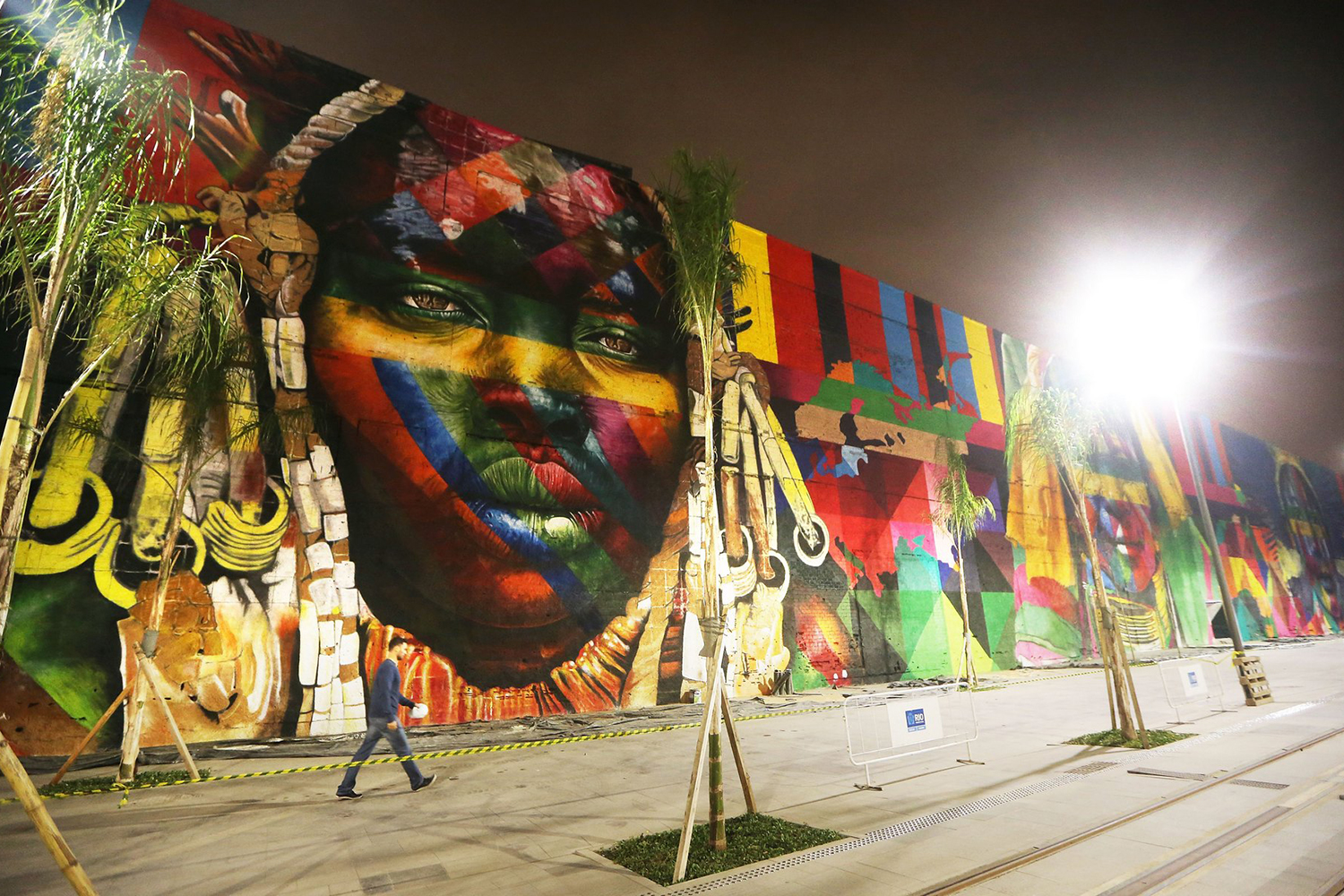
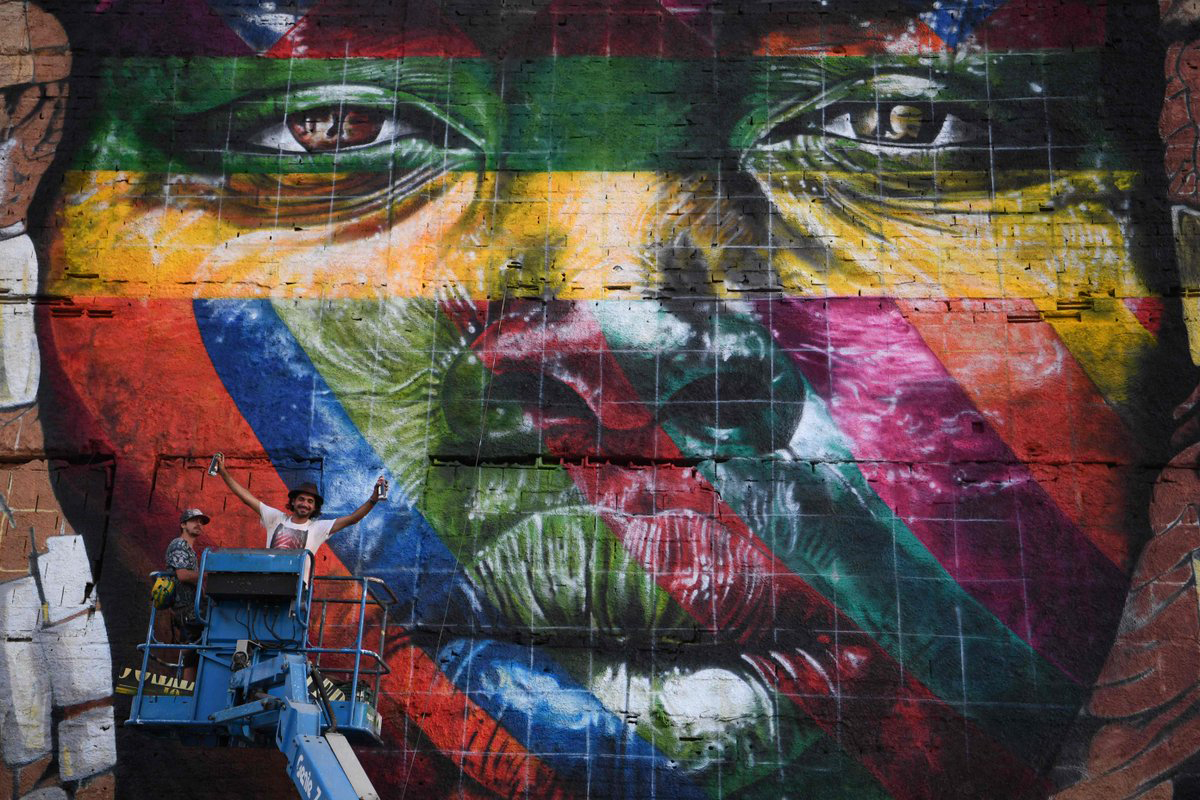

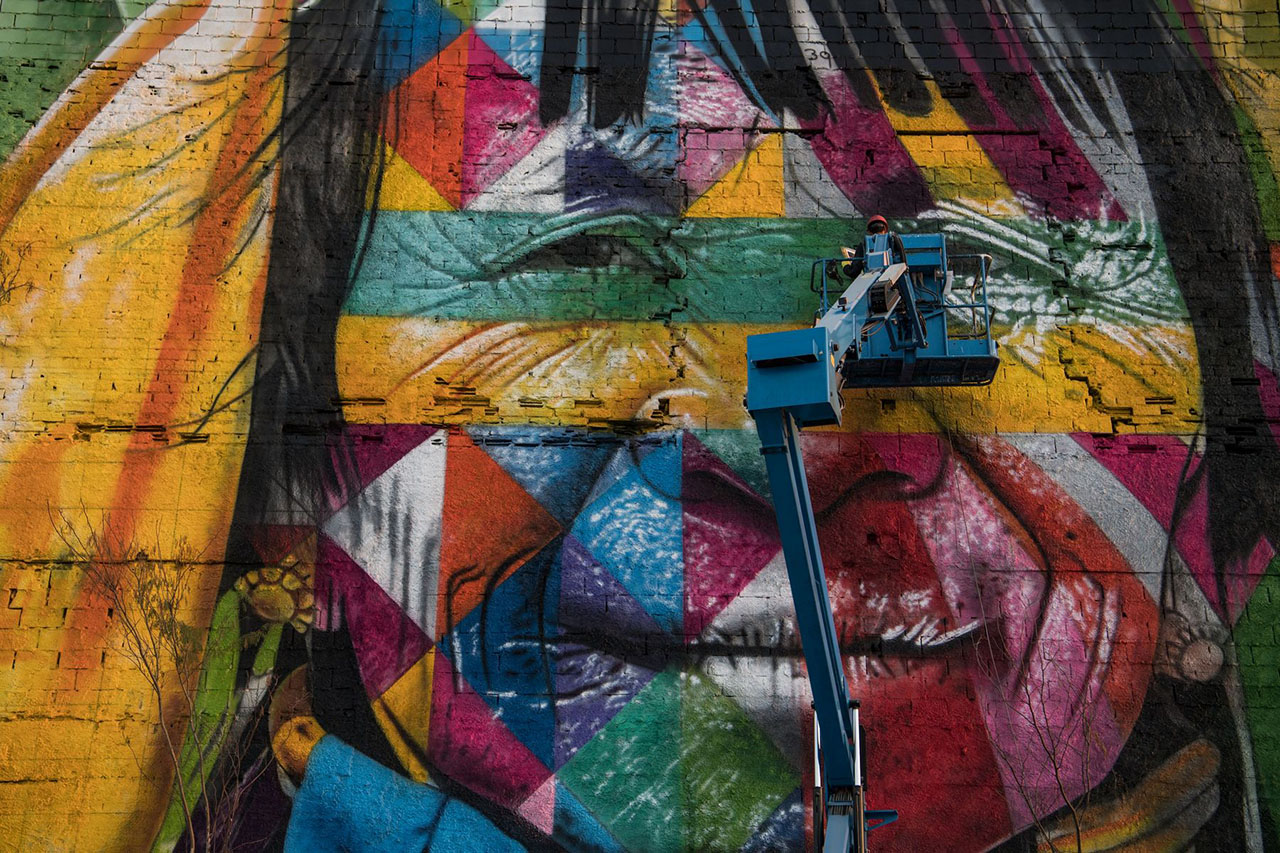

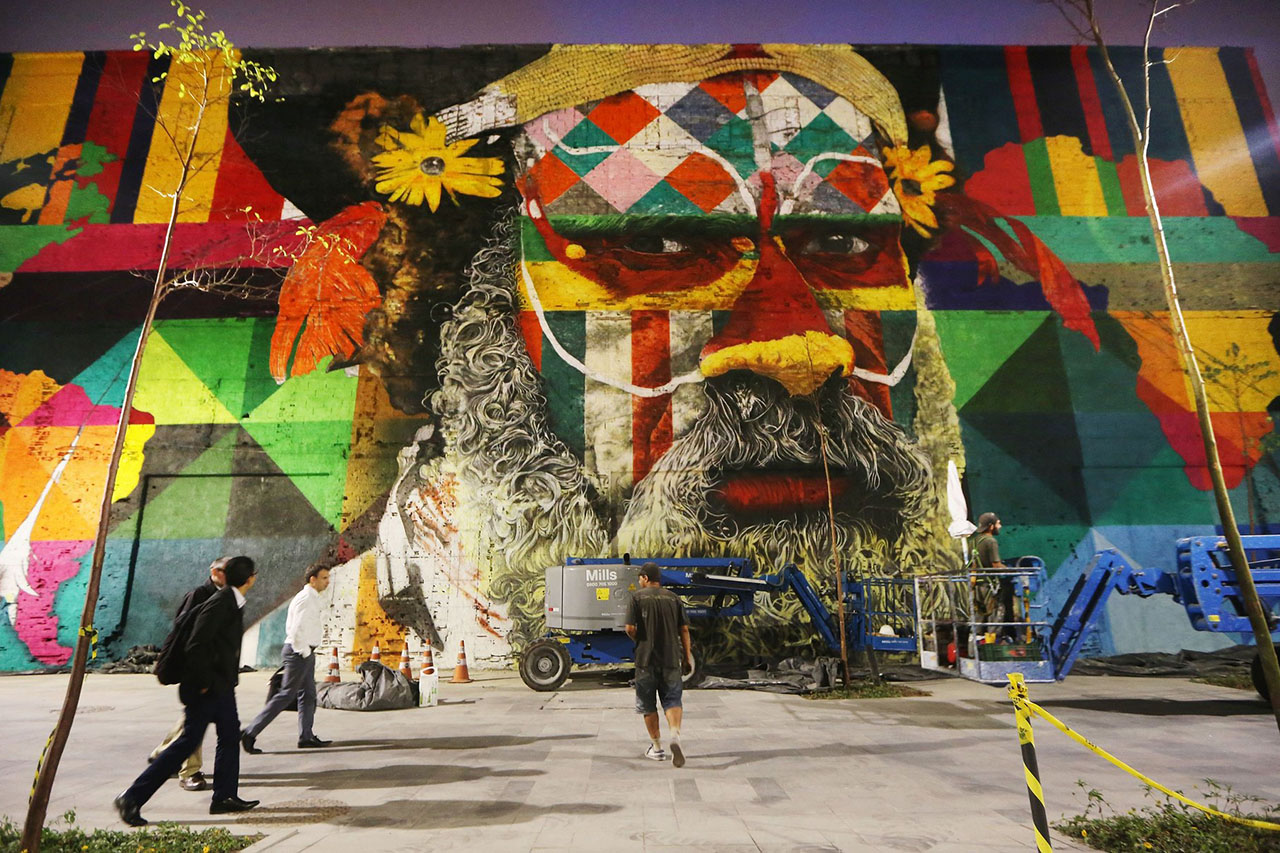
No comments:
Post a Comment